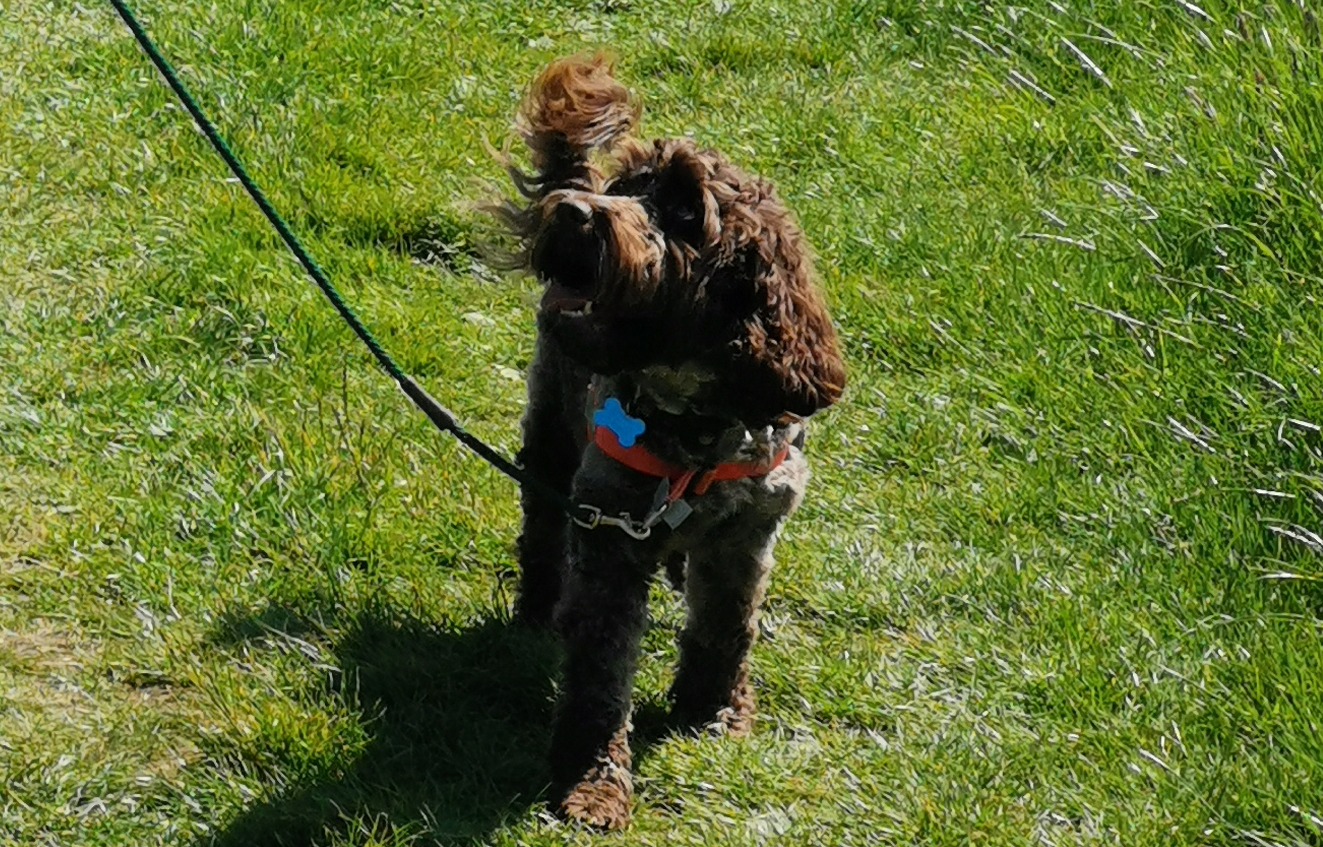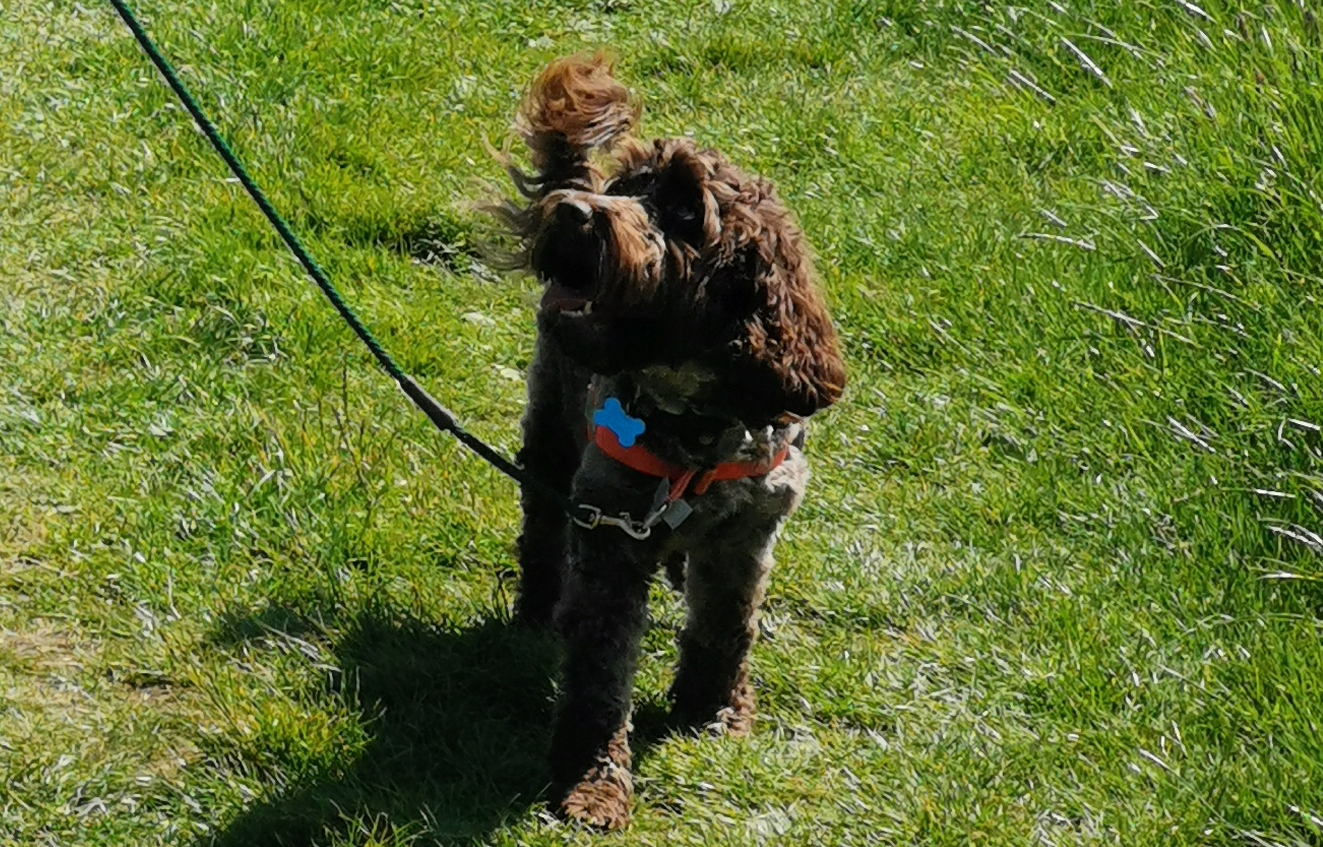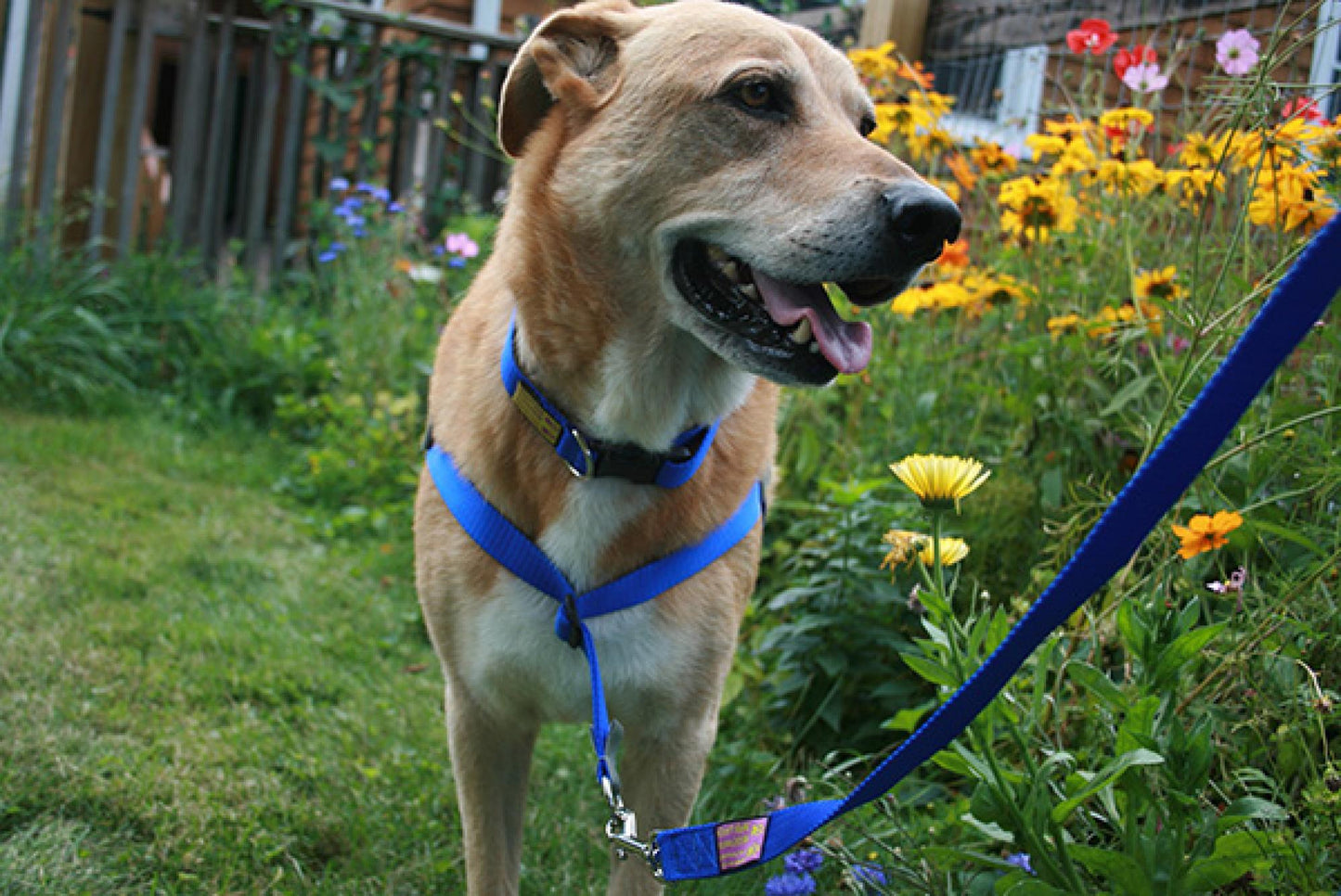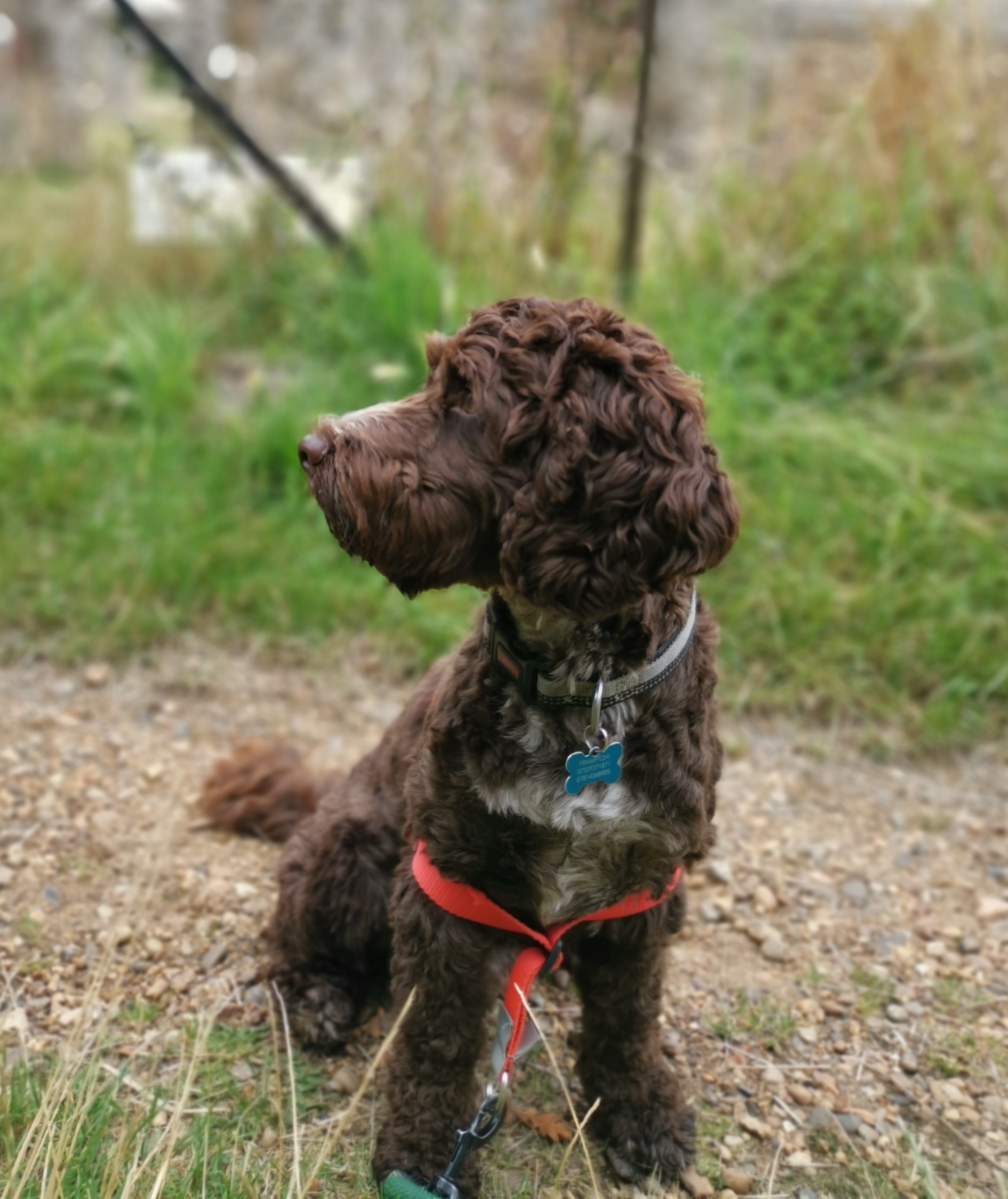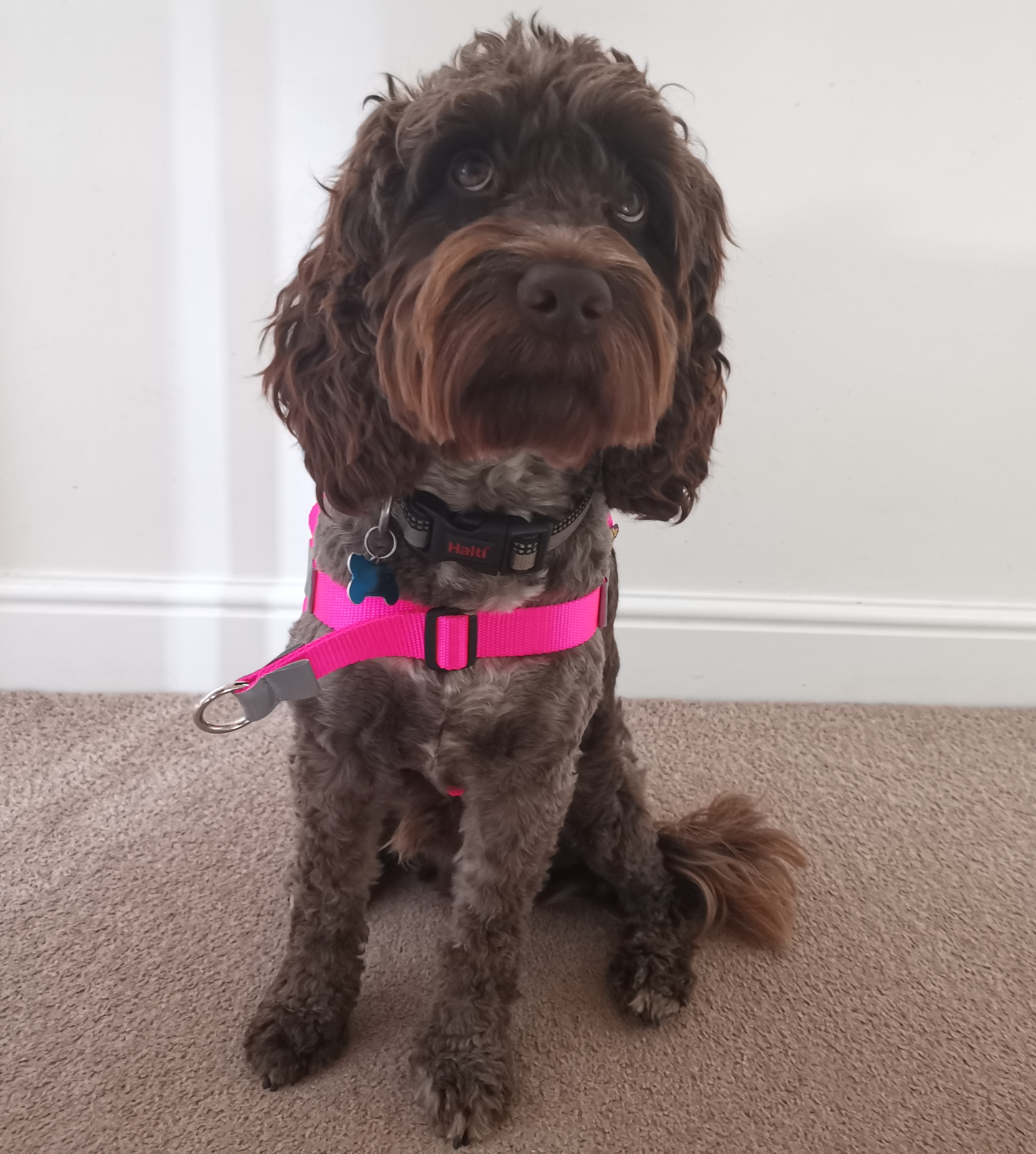Understanding Canine Communication: Decoding Your Dog’s Signals
Dogs are highly communicative animals, and they use a variety of signals to express their emotions and intentions. Understanding your dog's communication cues can enhance your bond and help you respond to their needs more effectively. Here’s a guide to decoding some of the most common canine signals.
1. Body Posture
A dog's body posture is a key indicator of their emotional state:
- Relaxed Posture: A relaxed dog will have a loose, easy stance with a wagging tail and soft eyes. This indicates they are comfortable and at ease.
- Alert Posture: An alert dog stands tall, with ears forward, eyes wide, and tail straight. This posture shows they are interested in something specific.
- Defensive Posture: A defensive dog might lower their body, tuck their tail, and flatten their ears against their head. They may also growl or show their teeth. This posture indicates fear or anxiety.
- Play Bow: When a dog lowers their front legs while keeping their rear end up, they are inviting play. This playful posture is a clear sign of friendly intentions.
2. Tail Movements
The tail is a versatile tool for canine communication:
- Wagging Tail: A wagging tail generally indicates excitement or happiness. However, a slow wag can indicate cautiousness, and a fast wag with a rigid body can suggest agitation or aggression.
- High Tail: A tail held high often signifies confidence or alertness. If the tail is also stiff, it can indicate aggression.
- Low or Tucked Tail: A tail held low or tucked between the legs suggests fear, submission, or anxiety.
3. Facial Expressions
Dogs use their faces to convey a wide range of emotions:
- Relaxed Mouth: A slightly open mouth with a relaxed tongue indicates a calm and content dog.
- Closed Mouth: A closed mouth can mean the dog is alert or unsure about something.
- Lips Pulled Back: Showing teeth by pulling back the lips can be a sign of fear, submission, or aggression, depending on the context and accompanying body language.
- Yawning or Lip Licking: These behaviors often indicate stress or anxiety but can also be used to calm themselves in tense situations.
4. Ear Positions
Ear positions are another important communication tool:
- Ears Forward: Ears pointed forward indicate that the dog is alert and focused on something.
- Ears Back: Flattened ears can signify fear, submission, or apprehension. Some dogs also fold their ears back when they are being affectionate.
- Neutral Ears: Ears in a natural, relaxed position show that the dog is calm and comfortable.
5. Vocalizations
Dogs use a variety of sounds to communicate:
- Barking: Dogs bark for many reasons, including excitement, alertness, boredom, or to get attention. The tone, pitch, and duration of the bark can provide more context.
- Growling: Growling usually indicates that the dog feels threatened or is warning you to stay away. It's important to take growling seriously and address the underlying issue.
- Whining: Whining can indicate distress, anxiety, or a desire for attention. It can also be a sign that the dog needs something, such as going outside.
- Howling: Howling is often a way for dogs to communicate with others over long distances. It can also be a response to certain sounds or a sign of loneliness.
6. Eye Contact
Dogs use their eyes to communicate a lot:
- Direct Eye Contact: Direct eye contact can indicate confidence or a challenge, but in a friendly context, it shows trust and attentiveness.
- Avoiding Eye Contact: Avoiding eye contact or looking away can be a sign of submission, discomfort, or a desire to avoid conflict.
- Soft Eyes: Relaxed, soft eyes with a gentle gaze indicate a calm and content dog.
- Hard Stare: A hard, intense stare usually signifies aggression or a desire to assert dominance.
Conclusion
Understanding canine communication is key to building a strong, trusting relationship with your dog. By paying attention to their body posture, tail movements, facial expressions, ear positions, vocalizations, and eye contact, you can gain valuable insights into their emotional state and respond appropriately. This understanding not only helps you meet your dog's needs more effectively but also strengthens the bond you share. Take the time to observe and learn your dog's unique communication style, and enjoy a deeper, more fulfilling connection with your furry companion.


